|
But truthfully, I return to him again and again. Here, while painting a piece called "Look Out", I had my trusty Gauguin book, laying on the floor beside my easel, so I could catch it out of the corner of my eye as I worked.
The art of non-European lands came to influence and educate the artists in Europe and led to exciting new forms of abstraction, such as geometric designs, exaggerated body proportions and stark contrasts. It is part of what makes Modern Art and Post-Impressionism so beautiful and engaging.
It seems funny to me that I found myself looking at paintings of Tahitians to get the tone I am looking for in my painting- unless, of course, the man in Look Out is Tahitian.
But, being influenced by Gauguin’s bold use of color helps me stretch my comfort level and key up my palette when needed.
0 Comments
Leave a Reply. |
Take a Closer Look.
Here is an intimate, in depth glimpse into my thoughts, inspiration and artistic process. Categories
All
Not seeing what you're looking for? My previous blog on blogspot can be found HERE.
|
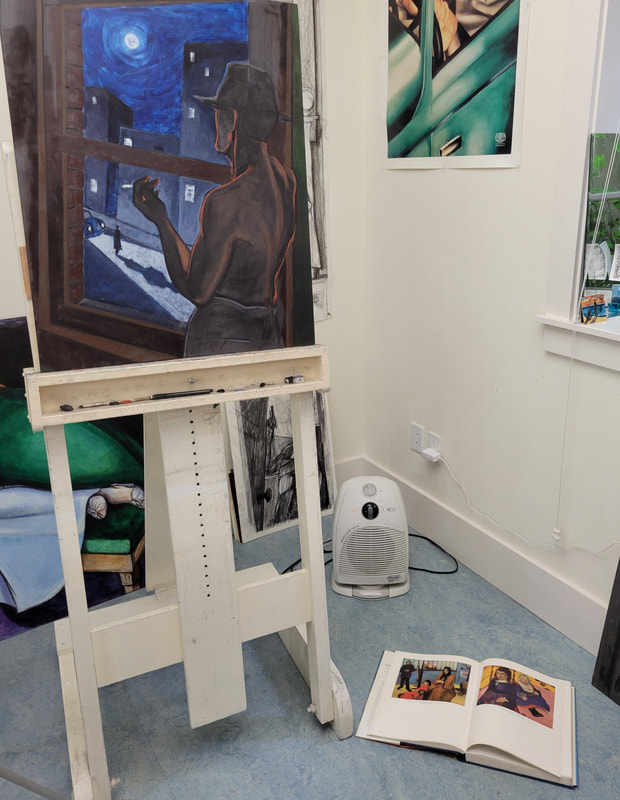
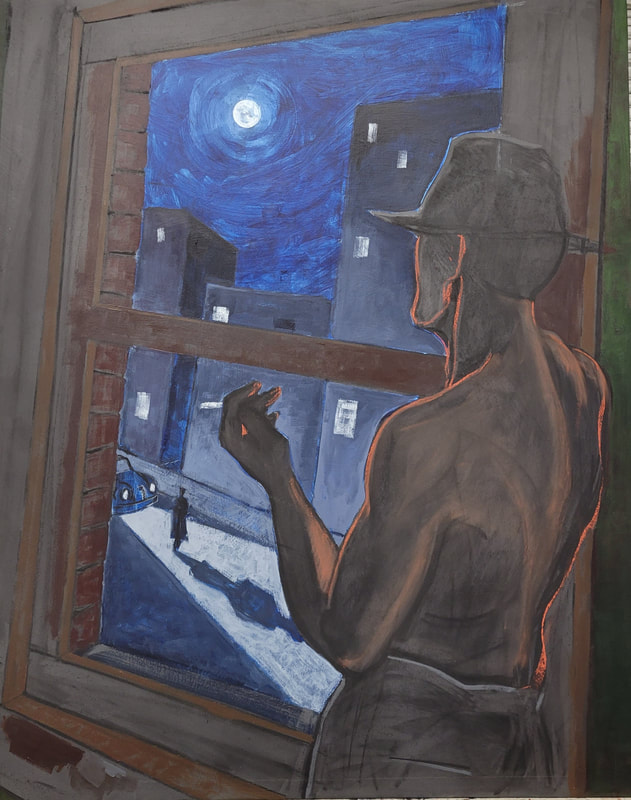
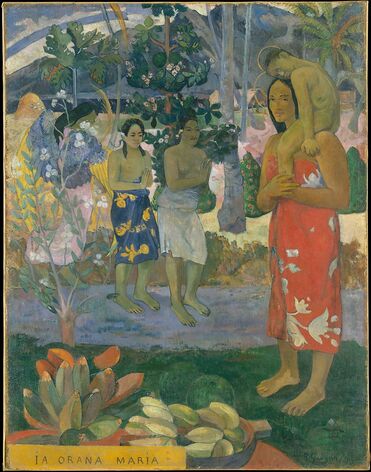
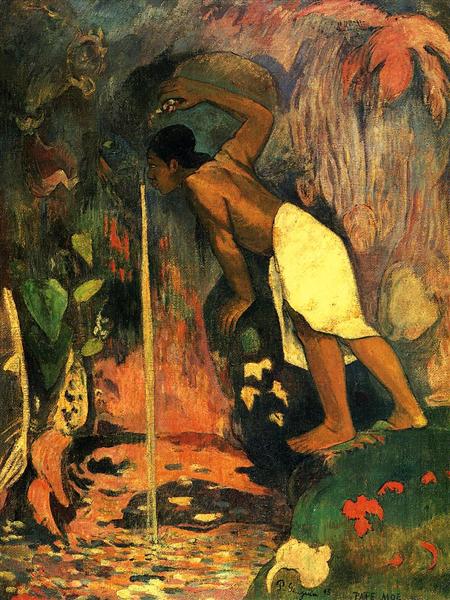
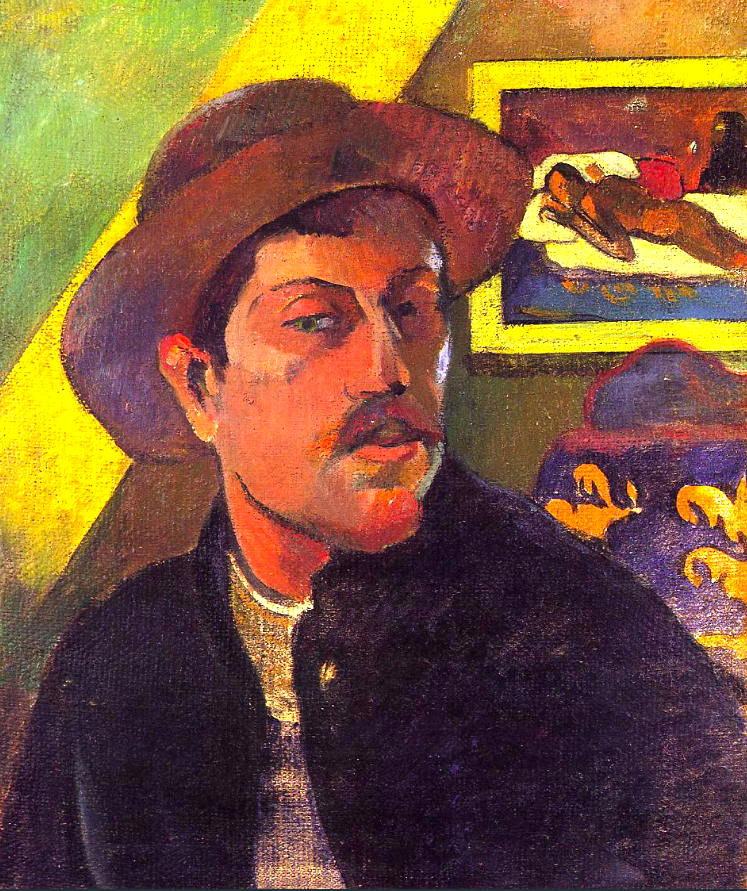
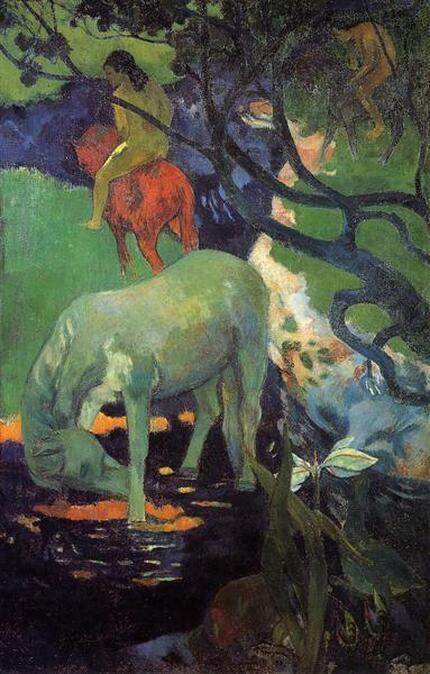
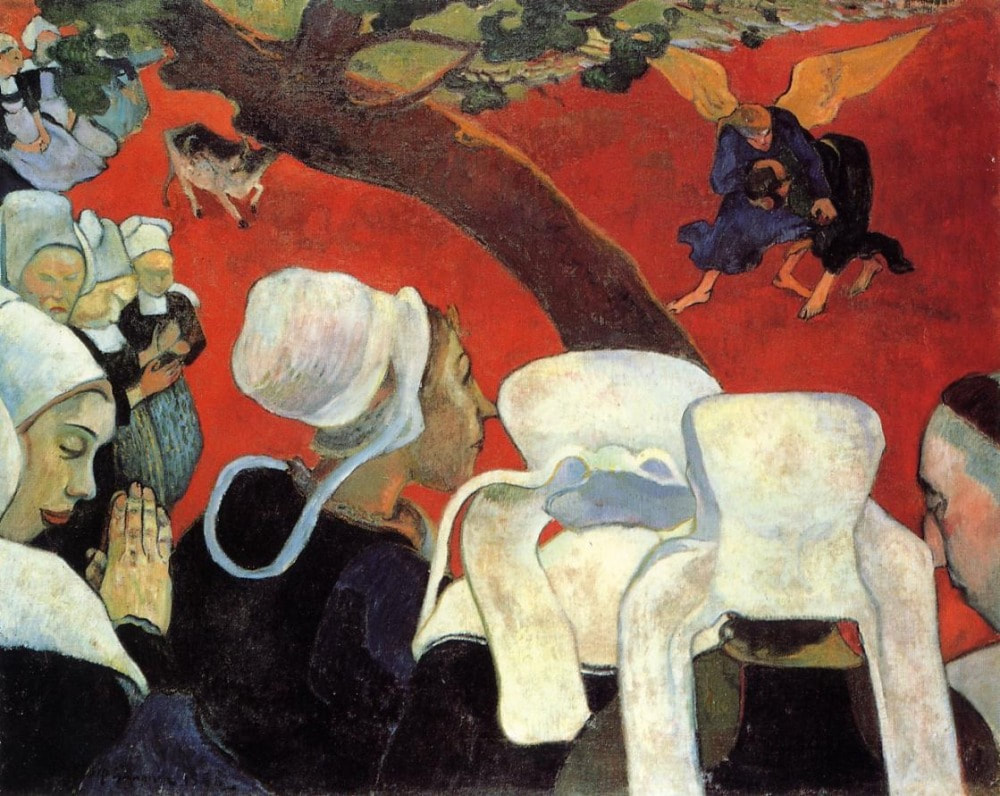
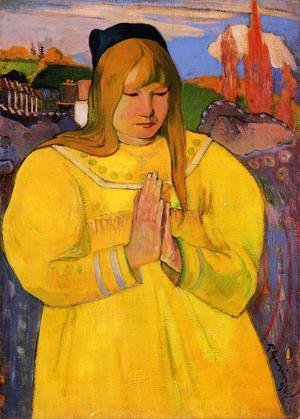
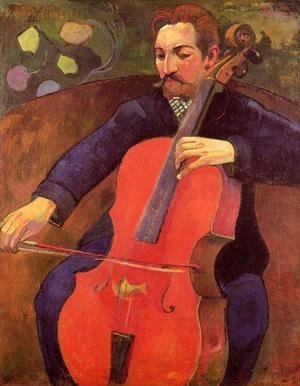
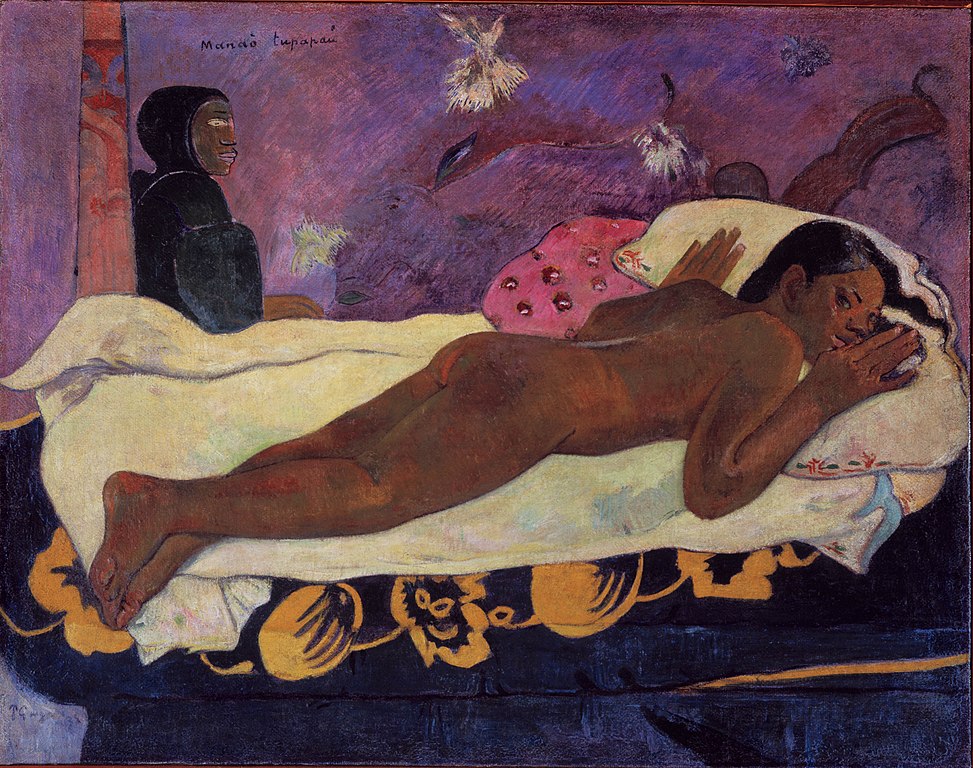
 RSS Feed
RSS Feed